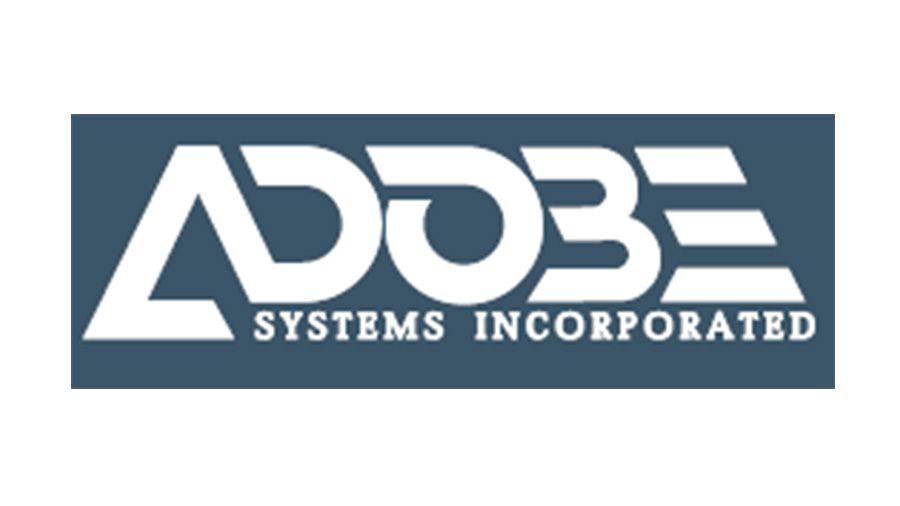For anybody working in the photography or video industries today, it’s difficult to escape from the behemoth that is Adobe. Whether you use their software or not, they’re still everywhere you look and if you don’t use their software yourself, you still often have to deal with people that do, and wanting to know how they can make their workflow fit with yours. But how did Adobe’s rise to fame happen? Where did it all begin? And why was one of is founders kidnapped at gunpoint and held for ransom to the tune of $600,000? This video from ColdFusion takes a look at Adobe’s history and some of the controversy along its journey. Like most 80s tech startups, Adobe began in a garage, founded by John Warnock and Charles… Source link
Read More »Monthly Archives: October 2020
Video charts how Adobe went from garage start-up to editing software giant
You might assume the story of computer software giant Adobe is standard corporate fare, but Adobe’s history is a tale of humble beginnings, countless inventions and a kidnapping. YouTube channel ColdFusion has released a fantastic video on its history. The video tells of how Charles Geschke and John Warnock left Xerox PARC in 1982 to found Adobe from the latter’s garage. The pair had developed the page description language PostScript, but with little interest from Xerox they struck out on their own and Adobe was born (named after a stream that passed by John’s house). ColdFusion tells of how PostScript revolutionized printing and would play a key role in the emerging laser printers, which were vastly superior to the crude… Source link
Read More »The Disrupted Universe | Midas Letter
This month, I launched a new product called “The Disruptors.” (Check out our shop page) I wanted to talk today about why I am so thrilled to have this new service rolling out on the Wealth Press platform. I’m not just thrilled – I’m proud. Proud of the people on the Wealth Press and Midas team for coming together in such a tremendous demonstration of what can be accomplished when the focus is on creating a product that reflects not just the character but the values and standards of the person for whom the product is being developed. It means that I have been able to, for the first time, focus on identifying and articulating the opportunity inherent in our disrupted universe and how, with a little help, every single investor across every walk of life should be able to… Source link
Read More »Rudy Giuliani and Roger Ailes: Cold Fusion
Cold Fusion “I THINK WE HAD a great week,” Rudy Giuliani’s deputy campaign manager, Ken Caruso, said Saturday at the official unveiling of the TV ad on Dinkins’s failure to file tax returns 20 years ago. “Jackie Mason went too far, and he was removed from the campaign. But today the issue is taxes…” A campaign is like a miniseries: It develops the hero’s character slowly until a defining moment broadcasts it in simplified form to everyone. Many voters now think Rudy has the sense of humor of a wet troll, especially after the infamous “fancy schvartze” joke, and that will be hard to shake in the month left before election day. “The question isn’t really how Jackie… Source link
Read More »Why is Adobe Called Adobe? The Story of Garage Startup to Empire
Have you ever wondered why Adobe is called Adobe? Or perhaps you are curious about how the company went from a garage startup to one of the most powerful software companies in the world. In this 17-minute video, ColdFusion answers those questions and more. John Warnock and Charles Geschke, the founders of Adobe, left their employer Xerox Parc to create their own business after Xerox refused to commercialize a technology the two developed. That technology, called PostScript, is today still the graphics industry standard for printers. As we know now, the decision to leave Xerox was the right one. Why did they choose the name Adobe? The answer is rather simple: it was the name of a creek that ran behind Warnock’s house. The… Source link
Read More »10 big things: A VC-backed breakthrough in nuclear fusion
At the center of our solar system is the sun, a turbulent sphere of incandescent plasma that has burned for the past 4.6 billion years, providing the energy that powers almost every living thing on Earth. The means of creating this energy is relatively simple, but also mind-boggling: Every second, the sun transforms some 600 million tons of hydrogen into helium through a process called nuclear fusion, converting tiny bits of matter into almost unfathomable amounts of energy. Scientists have long dreamed of mimicking the sun’s immense power here on Earth. A startup that has raised nearly $265 million in venture capital is working with researchers from MIT to do just that. And now, they’ve published a series of new studies indicating that the fusion revolution may be closer than anyone… Source link
Read More »



